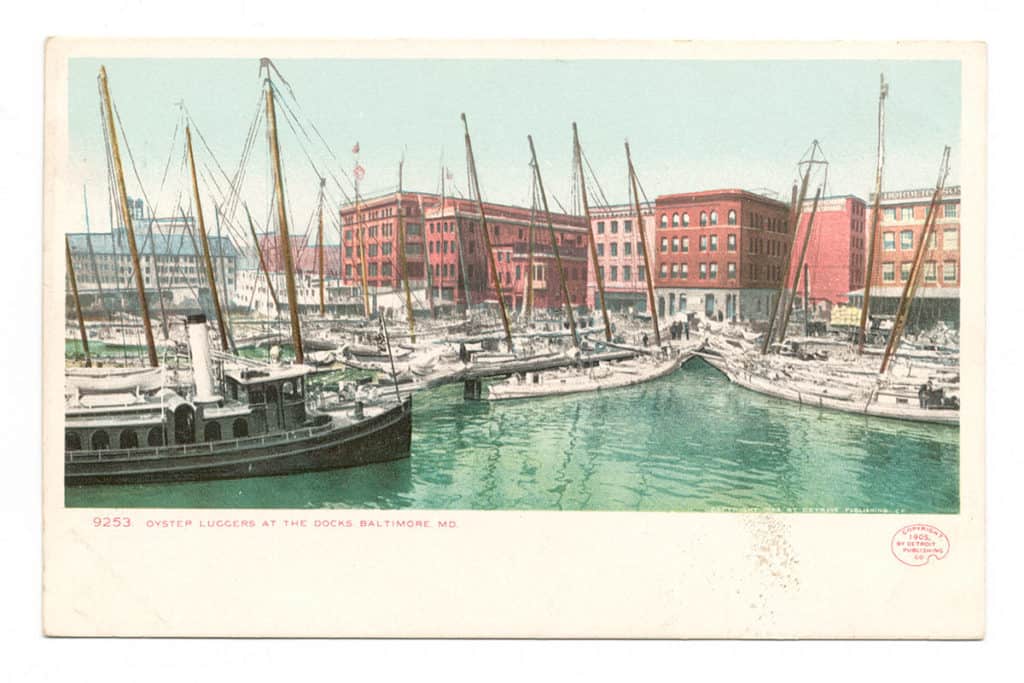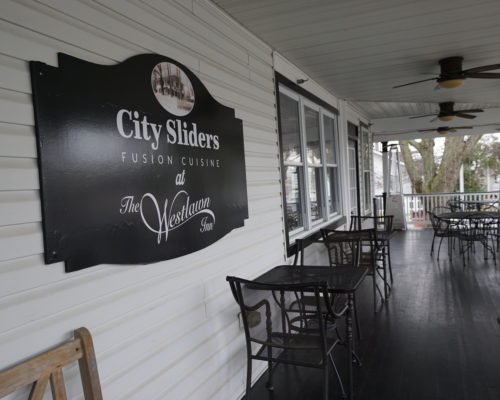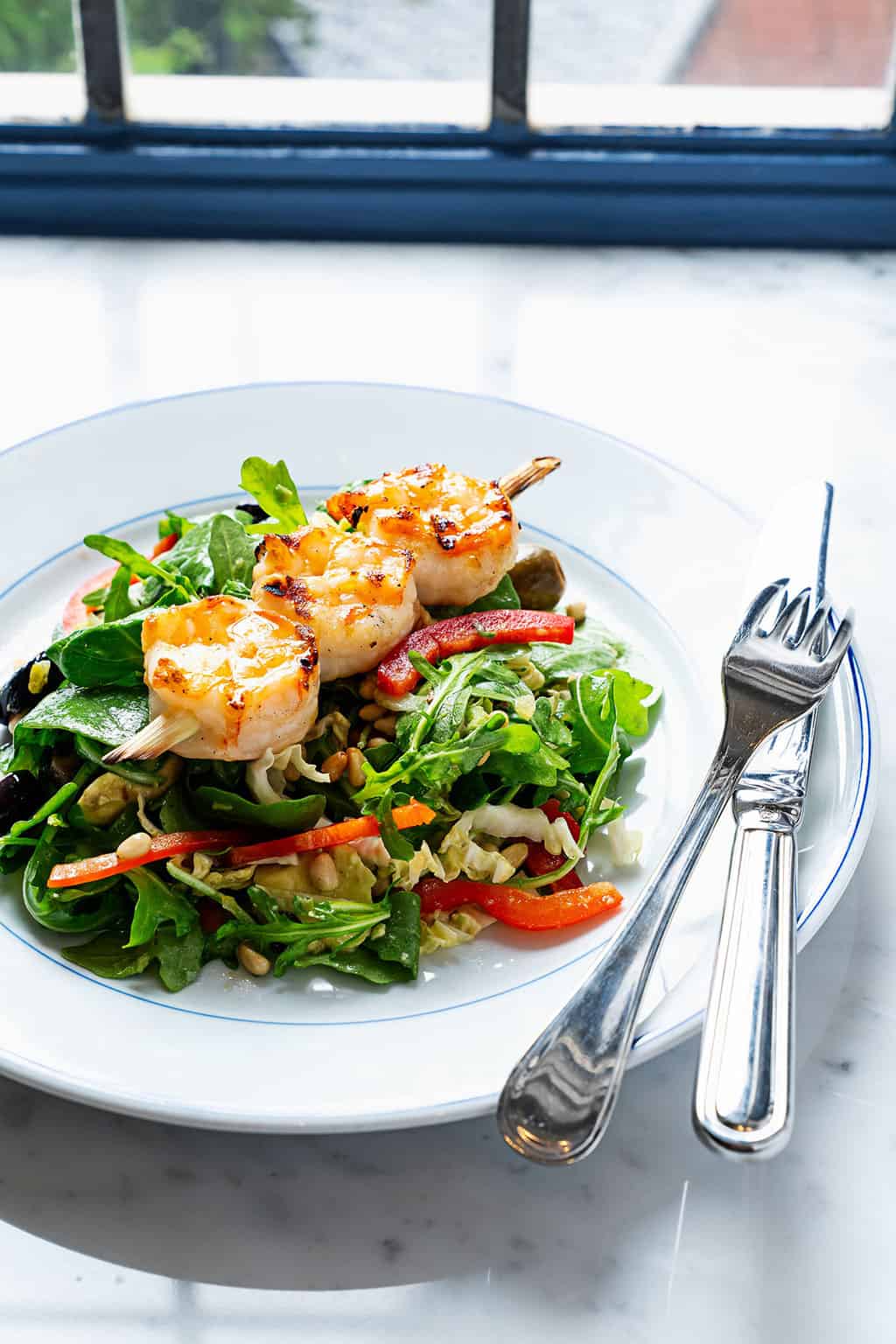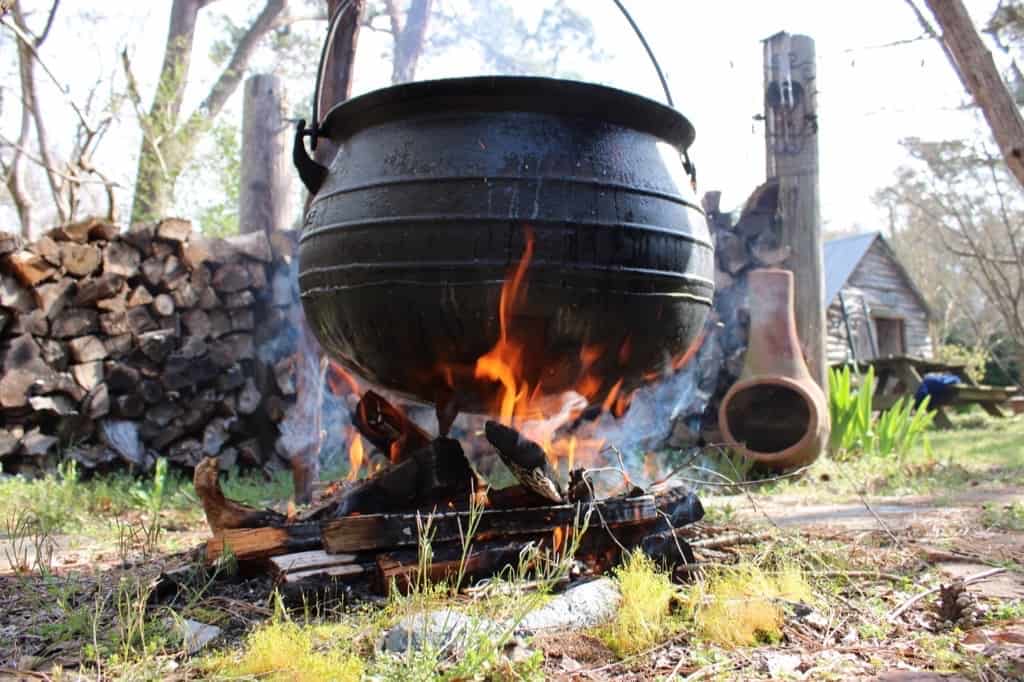The legacy of simple 19th-century oyster parlours has inspired a resurgence for restaurants around the Chesapeake Bay.
The Bay creates some of the best bivalve beds in the world. The salt water from the Atlantic meets the fresh water from 100,000 tributaries, forming an environment where the Crassostrea virginica thrives. As early as 1701, a visitor to the Bay wrote that “the abundance of oysters is incredible. There are whole banks of them so that the ships must avoid them.” Native Americans fished and ate oysters raw and roasted. In early America, oysters had no class distinction; they were simply a delicious source of protein. They showed up on George Washington’s menus, while Frederick Douglass wrote that the enslaved people at Wye House fished oysters to “make up the deficiency of their scanty allowance of food.” They appeared in oyster cellars and saloons, became staples of Chesapeake diets, and were sent across the globe. That’s when overfishing and disease caused the populations to plummet, making them a luxury item. Today, oyster restaurants around the Chesapeake are rethinking how we eat oysters, going back to basics with an approach that reflects the industry’s beginnings.
A Heritage of Unity
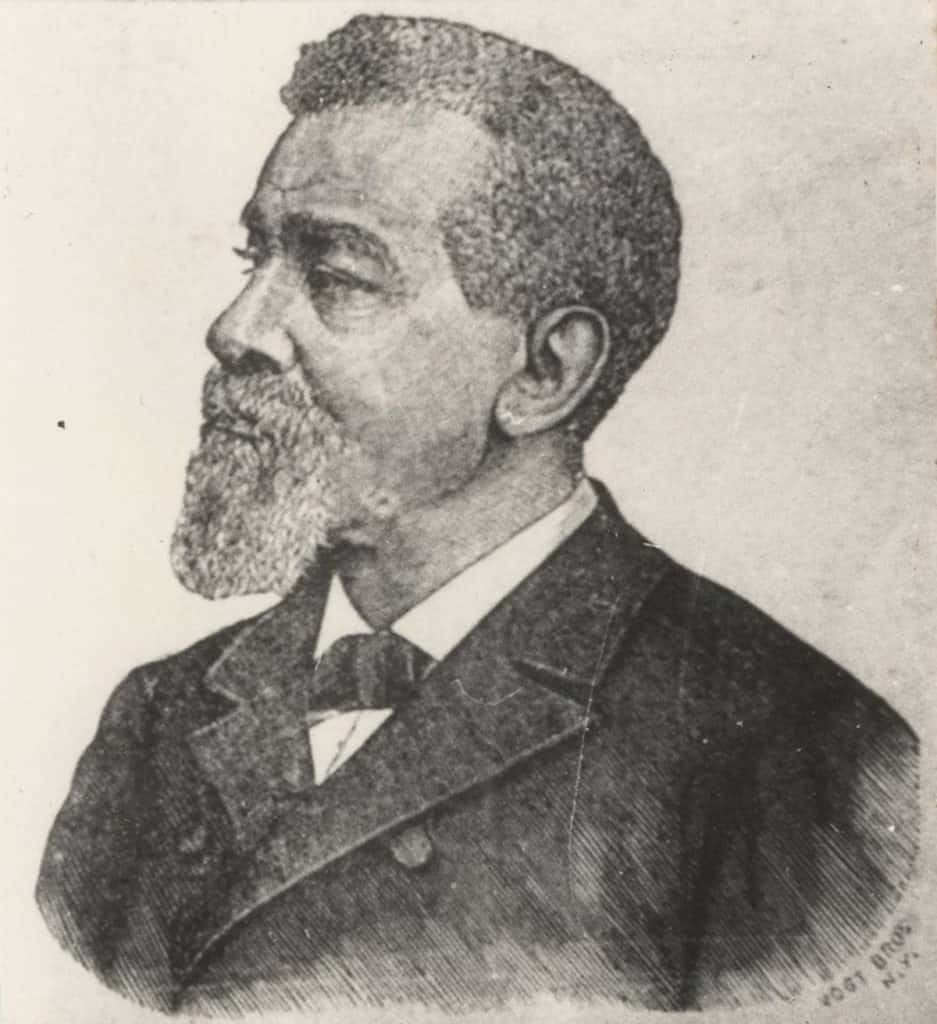
Even before the Civil War, the oyster industry offered free African Americans good-paying jobs. In Oyster, Drew Smith writes that, “Gathering oysters was one of the highest-paid jobs for black men,” and in cities like Baltimore, Norfolk, Philadelphia, and New York, Black men opened oyster restaurants. Alternatively called parlours, cellars, saloons, and bars, they were generally small with a menu of oyster dishes and drinks. British author Charles Mackay wrote in 1857 that in these places, you could find, “Oysters pickled, stewed, baked, roasted, fried, and scolloped, oysters made into soups, patties and puddings; oysters with condiments and without condiments.”
Thomas Downing might be the most famous oyster-cellar owner. Born a free Black man in 1791 around Chincoteague, Va., he brought his love for oysters to New York City, opening his restaurant in 1825. When he died in 1866, the Baltimore Sun reported his restaurant was well-respected and he’d earned enough to send his children to Europe for their education.
As early as 1840 there were oyster cellars in Baltimore, and by the 1880s, at the height of the oyster harvests, Blacks owned “businesses patronized by both races,” according to Mary Ellen Hayward in Baltimore Alley Houses. In the area of St. Mary’s Seminary alone, three residents ran oyster shops. Into the 20th century, Black newspapers advertised oyster saloons not just in the cities, like George Victown’s Cafe and Oyster Saloon in Philadelphia, but also John Grey’s oyster saloon in Pocomoke City and Warrie Stevenson’s oyster saloon in Snow Hill, Md. Baltimore’s Afro-American also reported that Black men “owning oyster boats” were doing good business in Cambridge, Md. and, “The oyster industry is doing much for our people financially and we are glad of the progress we are making.” Ironically, it would be in Cambridge where some of Maryland’s most memorable Civil Rights demonstrations against desegregation would take place.
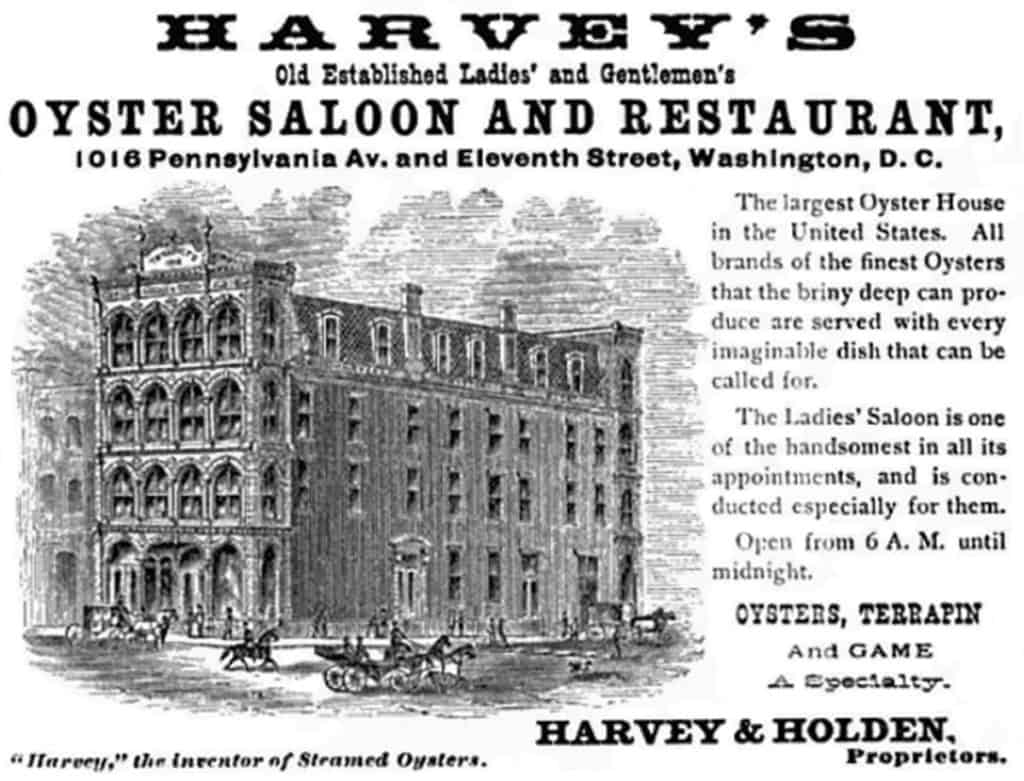
Jasmine Norton of The Urban Oyster wants to normalize the oyster experience again and make it something for everyone. “For my culture, that’s why a lot of African Americans don’t like oysters—because they couldn’t afford the establishments that served them,” she says. While she grew up eating raw oysters at home, served to her by her dad on a Styrofoam plate, as she became an adult she felt like eating oysters had become a whole production. She started The Urban Oyster as a popup in 2016 with the idea that oysters didn’t have to be a special-occasion experience. She wanted to make a place without pretension, for people who want to enjoy oysters but don’t want to get dressed up. She first served her raw and char-grilled oysters at farmer’s markets and festivals, and then at a brick-and-mortar restaurant in Baltimore, before operating out of “ghost kitchens”—that is, empty kitchens who are not operating normally during the pandemic—in 2020. She currently offers take-out from the kitchen at Baltimore’s Hotel Revival.
The Simplicity of Saloons
During his time, Thomas Downing’s New York oyster cellar transformed and elevated these types of restaurants. Oyster cellars—operated by Whites and Blacks—were literally in basements, and not always great places to bring the family. A red light hung outside the stairs that descended from the sidewalk into the basement. Inside one was “a long counter gorgeously decked with crystal decanters and glasses, richly carved and gilt and the wall ornamented with a voluptuous picture of a naked Venus,” according to one 1850 visitor. That picture and the red light were conscious pieces of decor: These cellars were sometimes a place where people could engage in the sex trade.
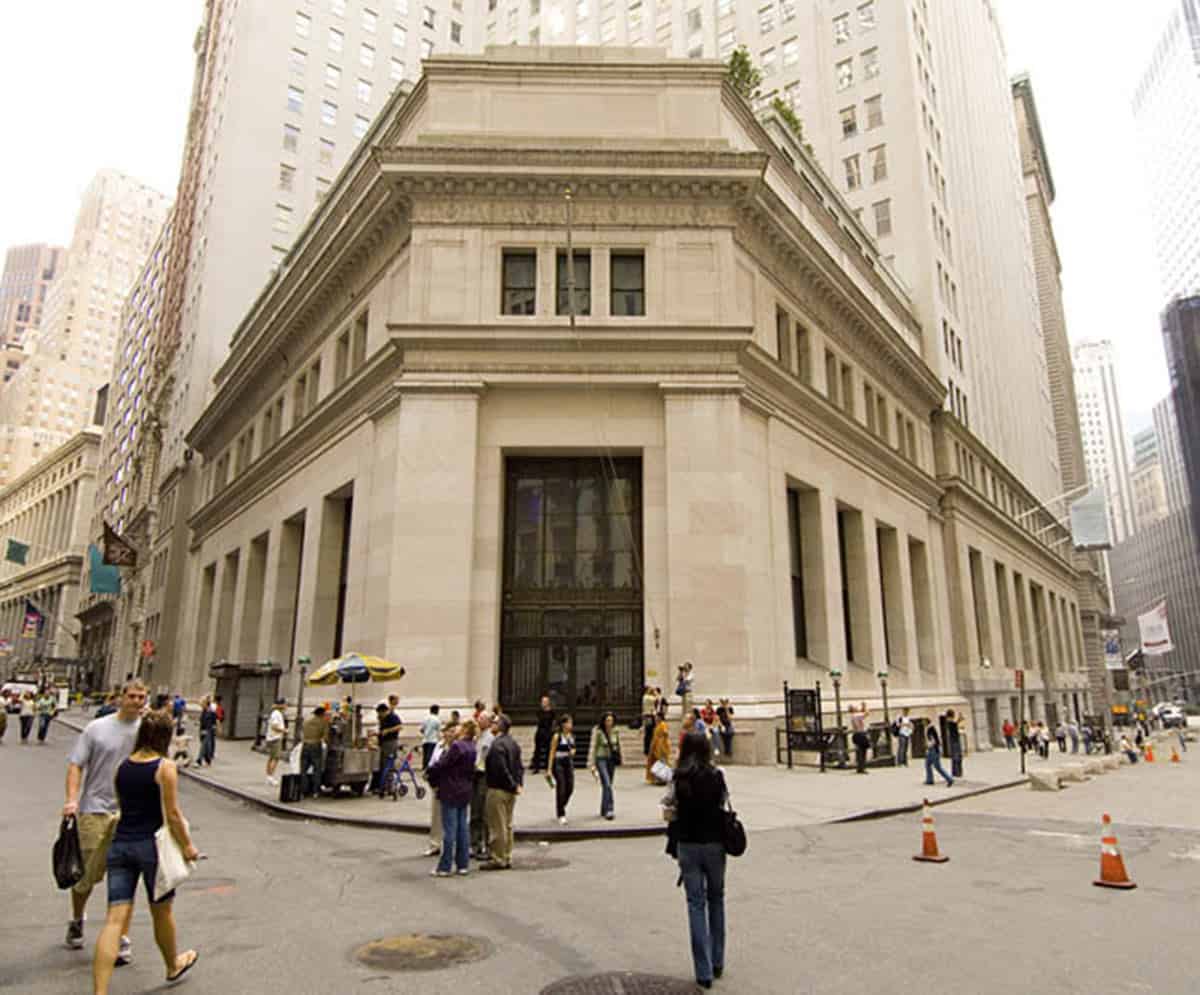
They also seemed to invite violence. The Baltimore Sun and The Washington Post reported shootings, stabbings with oyster knives, and fights in oyster cellars and saloons in their cities, as well as in Norfolk and Philadelphia. Women were generally not welcome, and so Ladies’ Oyster Cellars opened as a more respectable option. Downing’s cellar stayed out of the fray. “[He] made oyster cellars respectable, at least his, which was a family restaurant where a man could bring his wife,” writes Mark Kurlansky in The Big Oyster.
When Dylan Salmon read Kurlansky’s book, he says it changed his life. He had been working in the restaurant industry and got into oysters, intrigued by how their flavor changes based on how and where they are raised. “I’ve always been a historian about stuff I get into,” he says, so he started seeking every piece of information he could get about oysters. He loved the section on oyster cellars, and decided he wanted to open one. In 2014, he found the perfect space—a basement in Baltimore’s Mount Vernon neighborhood—and in two weeks, he’d opened Dylan’s Oyster Cellar. “We didn’t have a kitchen, just oysters and booze,” he says, something made possible by the fact that oysters don’t require a kitchen. When the temporary lease ran out, he thought, “Innocently, stupidly maybe, that I could fall into another perfect space.” He didn’t find a basement but instead opened on a corner in Hampden, creating a space inside reminiscent of a cozy, old bar.
Sailor Oyster Bar, in Annapolis, was born of similar simplicity. Scott Herbst opened the restaurant in 2016, and they offer a type of old-school straightforwardness from the first floor of a row home in Annapolis. “We don’t have a kitchen, and we don’t have anything fried or frozen,” says Sous Chef Lorenza Aznar, which differentiates it from a lot of seafood restaurants and evokes earlier oyster shops that didn’t need a kitchen to serve raw or steamed oysters. Aznar also feels that cooking like this—sometimes with a blowtorch, right in front of customers— adds a no-fuss atmosphere. People know, if you like oysters, this is your spot.
The small interior features plenty of bar seats facing the raw bar and the drink bar, giving it a local-neighborhood-shop feel. Diners also become part of the experience of cooking. “You are in front of the kitchen, dealing with the ice machine,” and that’s OK, she says, it’s like being on a ship. And ships can bring us oysters.

